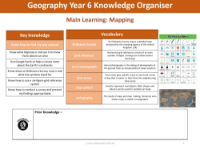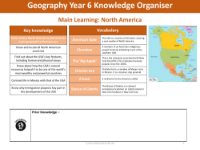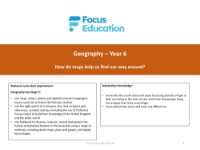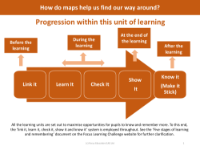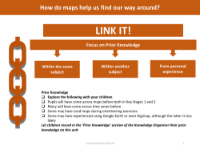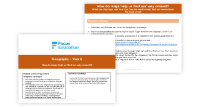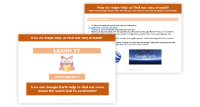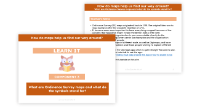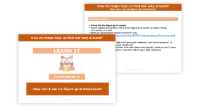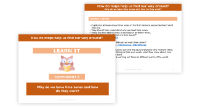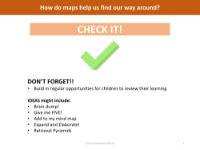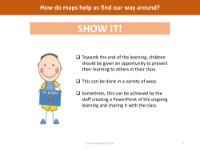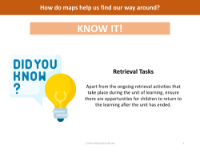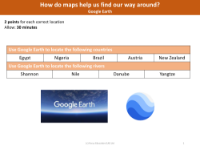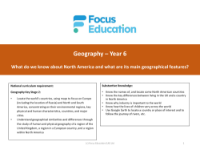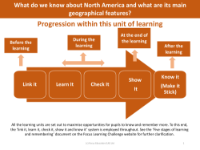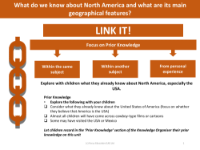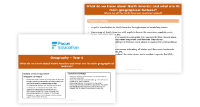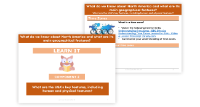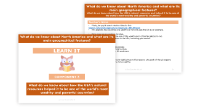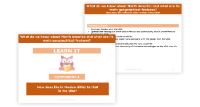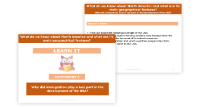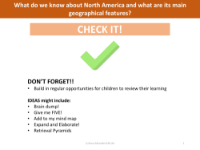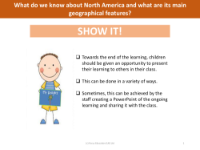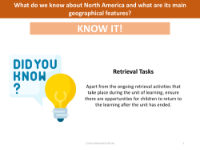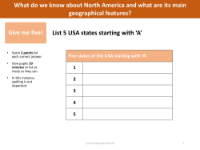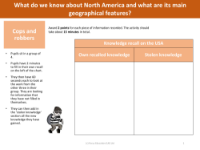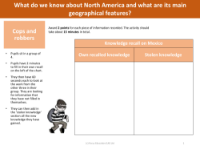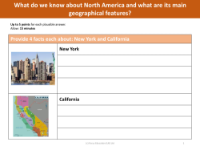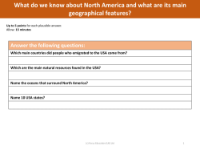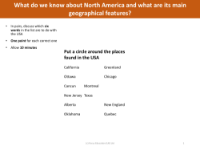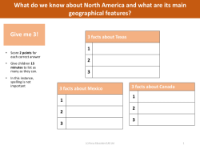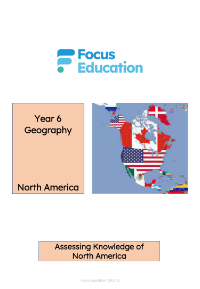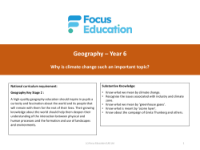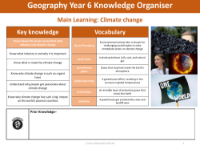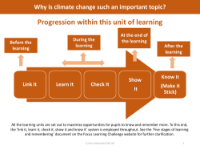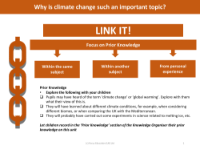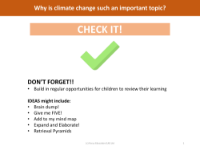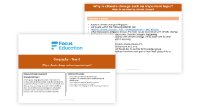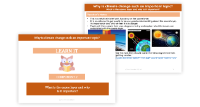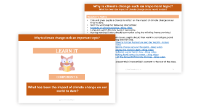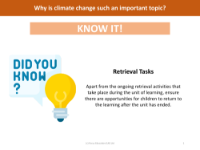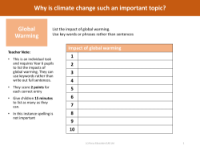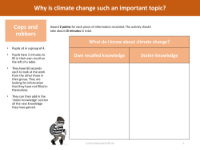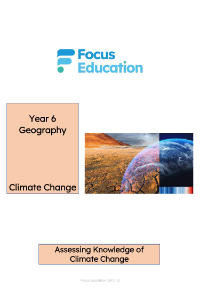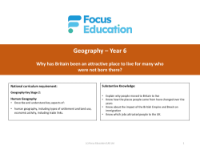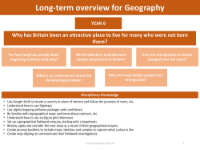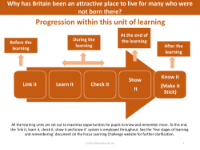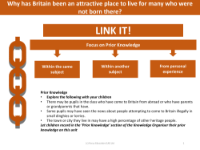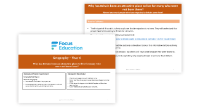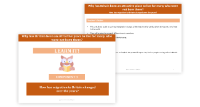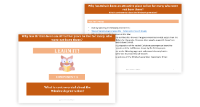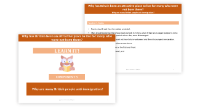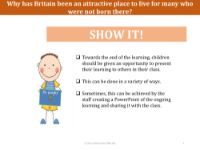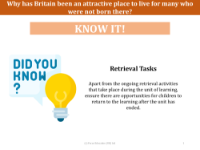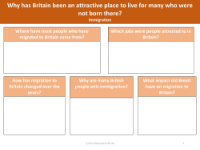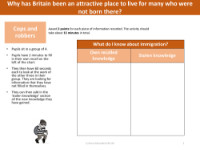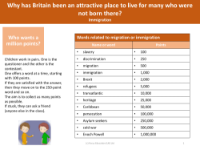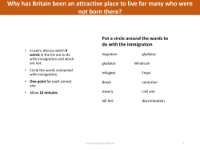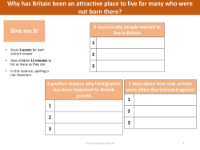Geography - Year 6 - Focus Education
What does the Year 6 scheme cover?
Focus Education prioritises equipping teachers with the essential tools to deliver exceptional Geography lessons, ensuring remarkable outcomes for pupils. This approach not only cultivates an understanding of where places are and how landscapes are formed, but also fosters a lasting appreciation and deep understanding of how the earth’s physical features and atmosphere can be shaped and impacted by human activity.
Mapping
Learn what Digimap is and use it to know more about our area, and use Google Earth to help us know more about the Earth’s continent in this unit. Dive into ordnance survey maps, deciphering the symbols used, and develop an understanding of their details. Practice using six-figure grid references to pinpoint specific locations and create your own maps. Additionally, explore the necessity for different time zones across the world, understanding how the Earth's rotation influences the division of time.
Key questions answered:
- What is Digimap and how can it be used to help find out more about the local area?
- How can Google Earth help to find out more about the world and its continents?
- What are Ordinance Survey maps and what do the symbols stand for?
- How can I use six-figure grid references?
- Why do we have time zones and how do they work?
North America
In this unit, use a map of North America to identify countries, capitals, main rivers and mountain ranges. Focus on understanding longitude and latitude coordinates of different states and explore the concept of time zones in the United States, including the Pacific, Mountain, Central and Eastern time zones. Compare these time zones with those in the UK, considering how they affect daily life and communication. Discuss why the USA has become one of the world's most attractive places to live, considering factors such as economic opportunities, cultural diversity and quality of life. Investigate the natural resources in the USA, including gold and oil, and understand their impact on the country's development. Learn about immigration to the USA and how immigrants have shown courage and adaptability in building a new life, contributing to an innovative and diverse culture. Explore the history and culture of Indigenous people in the United States, commonly referred to as Native Americans, American Indians, or First Americans, recognising their rich heritage and contributions to the nation's history.
Key questions answered:
- Where are all the North American countries located?
- What are the USA’s key features, including human and physical issues?
- What do we know about how the USA’s natural resources helped it to be one of the world’s most wealthy and powerful countries?
- How does life in Mexico differ to that in the USA?
- Why did immigration play a key part in the development of the USA?
Climate Change
What is the ozone layer and why is it important? Reflect on significant changes in buildings, trade and population, recognising the consequences of neglecting climate change. Understand the reasons behind people's passionate advocacy for addressing climate change and acknowledge the Earth's temperature regulation through the 'greenhouse effect', grasping the human contribution to greenhouse gas emissions, leading to climate change. Consider the importance of being concerned about the accumulation of greenhouse gases and their impact on the environment. Conduct research to learn more about influential climate activists, such as Greta Thunberg, and understand their efforts to raise awareness and drive action on climate-related issues. By delving into these topics, develop a holistic understanding of the interconnectedness between human activities, climate change and the need for proactive environmental stewardship.
Key questions answered:
- What do we mean by climate change?
- What is the ozone layer and why is it important?
- What do we mean by greenhouse gases and why is it important to know about them?
- What has been the impact of climate change on our world to date?
- Who is Greta Thunberg and why is she associated with climate change?
Immigration to Britain
In this unit, delve into the impact of the British Empire on immigration to Britain, understanding the historical context and the jobs that many immigrants sought upon arrival. Explore the significant role immigrants have played in shaping Britain's economy and its global connections, with a specific focus on sectors like the NHS, taxi driving and heavy industry. Analyse data on ethnic minority representation in these industries, creating data-driven graphs to visually represent patterns and trends. Investigate the reasons why people from diverse backgrounds are drawn to the UK, considering economic opportunities, cultural factors and historical ties. By exploring these aspects, gain insights into the multifaceted influence of immigration on the social, economic and cultural fabric of Britain.
Key questions answered:
- For how long have people been migrating to Britain and why?
- Which industries and jobs were people attracted to in Britain?
- How has immigration to Britain changed over the years?
- What is so controversial about the Windrush generation?
- Why are many British people anti-immigration?
What’s included for Year 6 teachers?
- Full Year 6 National Curriculum coverage
- Detailed lesson plans and presentations
- Visual knowledge organisers for each lesson
- Comprehensive assessment materials
- Links to prior and future learning, progression maps & more!
